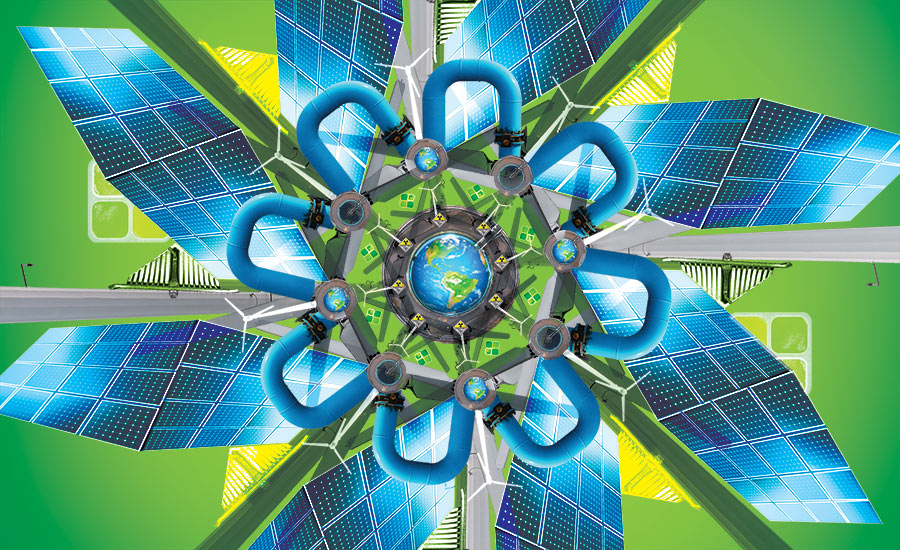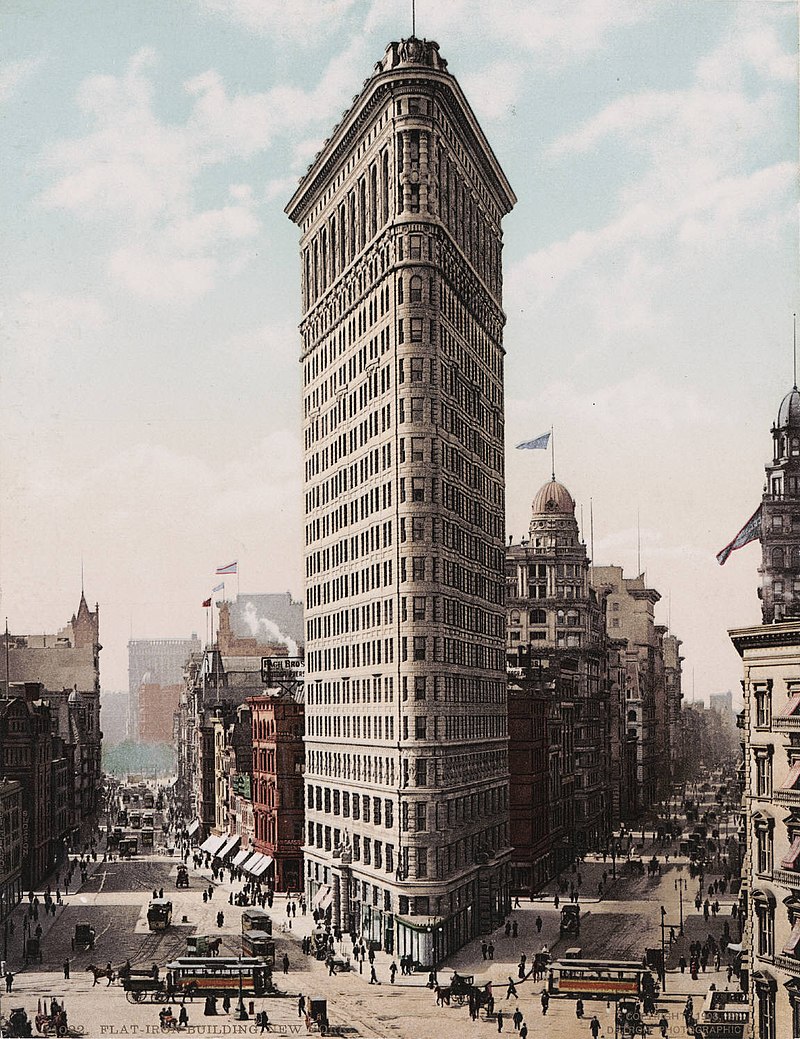The Only Guide for residential structural engineer - russellstailors.com


Architectural & Commercial Lighting Design & Building Consultants - Arup
Fascination About Autodesk - 3D Design, Engineering & Construction Software
Columns are components that bring only axial force (compression) or both axial force and bending. The design of a column must inspect the axial capability of the aspect, and the buckling capability. The buckling capability is the capacity of the element to endure the propensity to buckle. Its capability depends upon its geometry, product, and the reliable length of the column, which depends upon the restraint conditions at the top and bottom of the column.

Sustainable building: The hottest new material is, uh, wood - Vox
The capacity of a column to carry axial load depends upon the degree of flexing it undergoes, and vice versa. This is represented on an interaction chart and is a complicated non-linear relationship. Structural Column info, prepared by our certified professional structural engineers typically offered in tables or line diagrams includeelevations of the bottom and top of columns; member sizes; strengthening elements for concrete columns; proposed splice areas and splice details for structural steel and concrete columns; column axial loads and bending moments to be withstood at base and at splices; andstiffeners, lateral bracing and local reinforcements for steel elements.
Beams and columns are called line components and are frequently represented by basic lines in structural modeling. Cantilevered beams are supported at one end just with a repaired connection. Merely supported beams are repaired against vertical translation at each end and horizontal translation at one end only, and able to turn at the supports.
Some Known Facts About Structural Engineering - Stantec.
Constant beams are supported by three or more assistances. Beams are components which bring pure flexing just. Bending triggers one part of the area of a beam divided along its length to go into compression and the other part into tension. The compression part need to be created to resist buckling and crushing, while the stress part should have the ability to effectively withstand the stress.
When members are connected at nodes and forces are applied at nodes members can act in tension or in compression. Members acting in compression are described as compression members or struts while members acting in stress are described as tension members or ties. Key Reference use gusset plates to link intersecting aspects.
